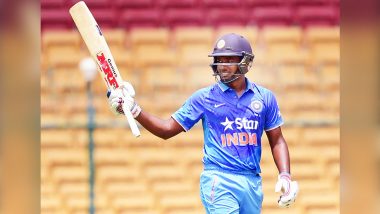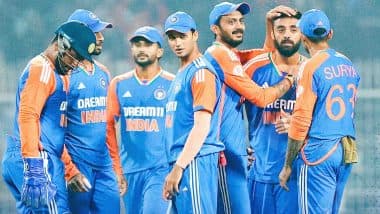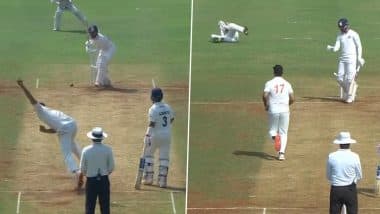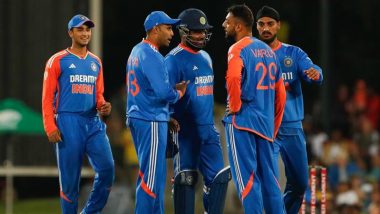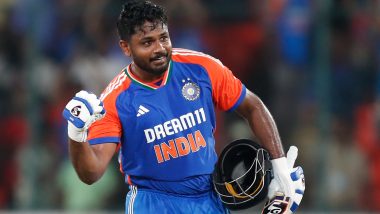The Yo-Yo fitness test has seen its first victim. Wicket-keeper batsman Sanju Samson, who is quite an attraction during the Indian Premier League (IPL) matches for his clean hitting and explosive batting, was dropped from the India 'A' squad for the tour of England as he failed the Yo-Yo test, says a report in Mumbai Mirror. The India A squad is led by Mumbai batsman Shreyas Iyer and the team left for London on Sunday for the tour.
The India 'A' team will be in England to participate for the triangular series that is to be played between India 'A', West Indies 'A' and host England Lions. The tour begins on June 22, with the first match between West Indies A and England Lions.
Sanju Samson had a successful IPL season. The right-handed wicket-keeper batsman scored a total of 441 runs playing for Rajasthan Royals, the team that was making a comeback after two years. It thus comes as a surprise that he has been excluded from the team due to failing in the Yo-Yo fitness test. Suresh Raina had also failed the test due to which he could not participate in the first two ODI in the series against New Zealand when the Kiwis had visited India in October 2016. So what is the Yo-Yo test?
The Yo-Yo test also known as the Yo-Yo endurance test was made a mandatory fitness test when Anil Kumble had taken over as the coach of the Indian Cricket team. The test was developed by Danish soccer physiologist and expert Jens Bangsbo. The test has two variations namely- Level 1 and Level 2, beginners and advanced level respectively.
The test is used to ascertain and determine the aerobic (oxygen or air) endurance fitness of the player. In a Yo-Yo test, the player has to run between two cones which are about 20 metres apart on the ground. The player starts running on the beep and has to reach the the second cone before the second beep. And the player has to make it back before the third beep. This process consists of one "shuttle".
The player taking the test has to begin at a speed level of 5, move to next speed level of 9, then do two shuttles at speed 11 and level 12 and 13 have three and four shuttles respectively. From level 14, there are eight shuttles per level and the highest speed is level 23. The highest speed level is only a benchmark and not used as a criteria for selection. Different teams have different levels for qualifying. India has a qualifying mark of 16:1 which means that an Indian player has to clear the first shuttle of speed level 16 which if converted into distance will mean 1120 metres in distance. New Zealand has the highest level at 20:1 among all international teams.
(The above story first appeared on LatestLY on Jun 11, 2018 05:27 PM IST. For more news and updates on politics, world, sports, entertainment and lifestyle, log on to our website latestly.com).








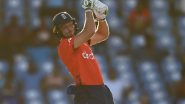




 Quickly
Quickly









